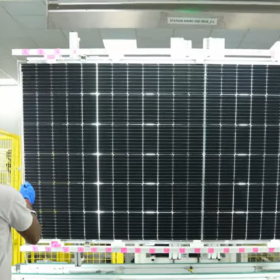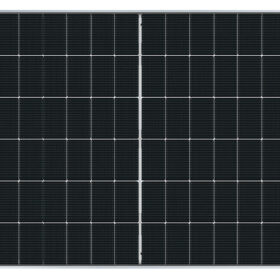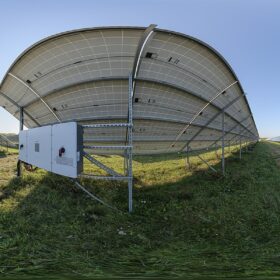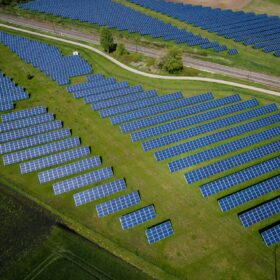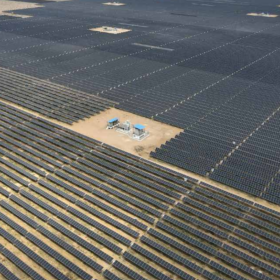European solar manufacturers urge Italy to revise heterojunction tax rule
Eleven European solar module makers say Italy’s 2026 tax incentive unfairly favors heterojunction (HJT) technology, risks higher costs and limits competition across the PV market.
French testing body flags durability risks in TOPCon solar modules
Accelerated testing by French certification body Certisolis finds wide performance divergence and design vulnerabilities in tunnel oxide passivated contact (TOPCon) solar modules that current international standards do not capture.
GEON launches inverter with inbuilt lithium battery for homes
GEON, part of the 60-year-old Kabra Extrusion Technik Group, has launched GELITHIUM, an all-in-one power backup system that integrates a pure sinewave inverter with an inbuilt lithium-ion battery. GELITHIUM is available in 1,250 VA and 2,500 VA variants, with 12.8V/100Ah and 25.6V/100Ah lithium batteries, respectively.
Waaree Energies secures 300 MW solar module order from Sembcorp Green Infra
Waaree Energies will manufacture and supply 300 MW of high-efficiency G12R TOPCon dual-glass bifacial modules for Sembcorp’s large-scale solar projects in Rajasthan.
Tata Power plans INR 6,500-crore, 10 GW solar ingot and wafer factory
Tata Power estimates domestic solar ingot and wafer demand to exceed 50 GW by 2030, driven by the rapid expansion of solar cell and module manufacturing. The planned 10 GW ingot and wafer facility is a strategic investment aimed at securing raw material supply for its own manufacturing operations, while also supplying wafers to other cell and module manufacturers.
Attero announces INR 150 crore investment to expand e-waste and copper recycling capacity across India
Once the new plants are commissioned, Attero’s overall processing capacity across e-waste and metals recovery will reach 244,000 tonnes per annum.
Astronergy launches 750 W anti-dust TOPCon solar module
The Chinese manufacturer said its new Astro 7 TOPCon module features an innovative self-cleaning frame and a power conversion efficiency of 23.2%.
Wood Mackenzie predicts 2-year decline in global solar inverter demand
Wood Mackenzie’s latest analysis expects market uncertainty in China, Europe and the U.S. to cause two consecutive years of contraction in the global solar inverter market, forecasting a fall to 577 GWac this year and 523 GWac in 2026.
Italy assigns 1.1 GW in PV auction open to projects with ‘non-Chinese’ modules
The procurement exercise, the second solar auction under Italy’s Fer X incentive scheme and first to exclude the use of Chinese solar modules, cells and inverters for projects above 1 MW in size, concluded with a final average price of €0.06637/kWh.
Waaree secures ALMM approval for 5.25 GW solar cell capacity
Waaree Energies’ advanced solar cell manufacturing facility located at Degam, Chikhli, Navsari (Gujarat) has been ALMM enlisted with a total approved capacity of 5.25 GW per annum. This includes 3,923 MW of n-type TOPCon cells and 1,328 MW of p-type PERC bifacial cells.



